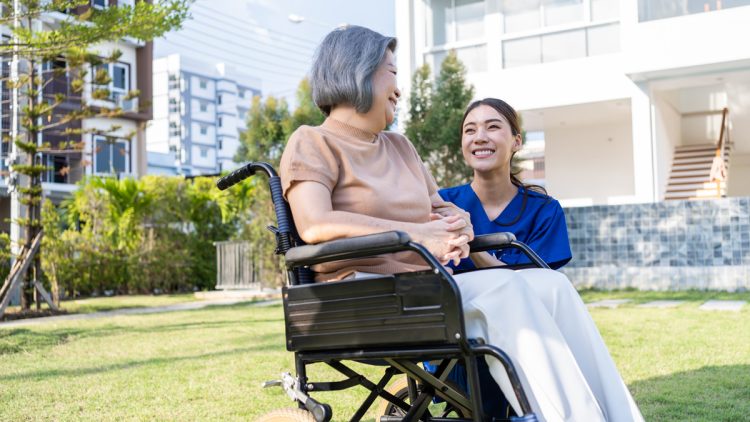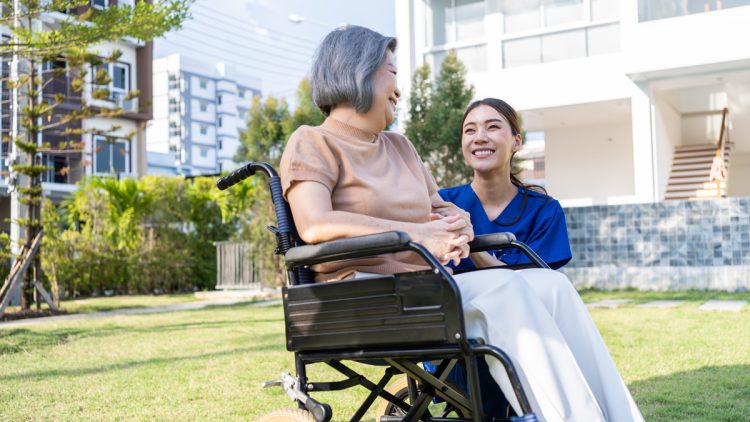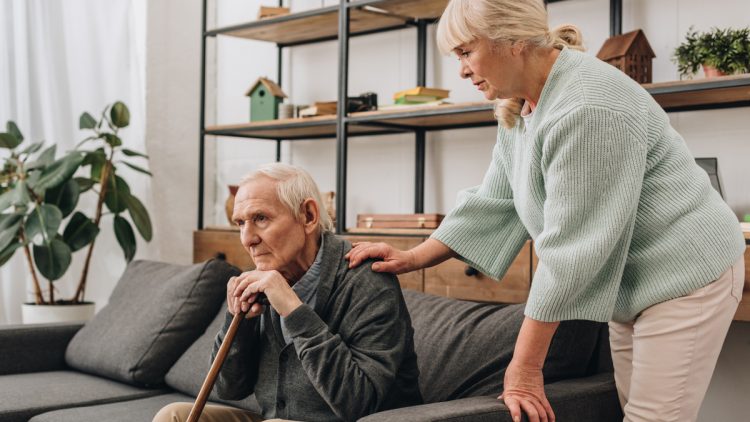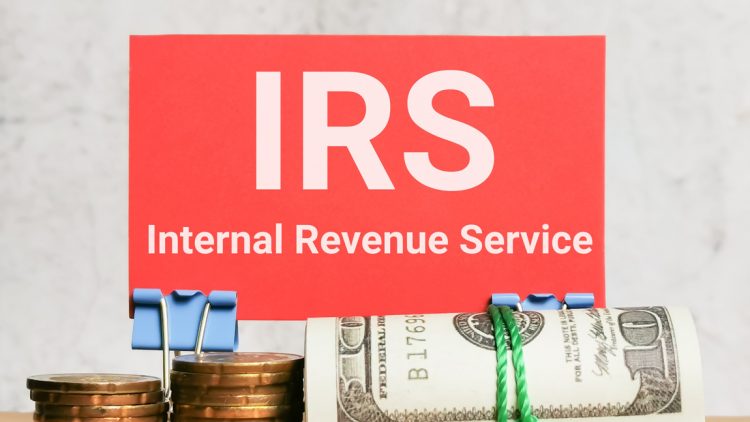What Sense Is Most Affected By Alzheimer’s Disease?
While smell is typically the first sense impacted by Alzheimer’s disease, every sense may become impaired.
Smell
Generally, smell is the first sense to be affected by this disease. Individuals may become confused as to what they are smelling at this stage. This, of course, can get dangerous at home if something happens to be burning on the stove or in the oven.
Use these tips to keep your loved one safe at home:
- Make sure smoke detectors are always working properly.
- All cleaning supplies should be locked away.
- Check to see if all food items are up to date.
Sight
The individuals’ eyes may not show any physical abnormalities, but the brain’s ability to process some images could be impaired. This ultimately creates confusion for the individual when tasked with identifying familiar people, places, and objects. Colors and shapes also become difficult to process.
Taste
The ability to taste is always impaired when our ability to smell is impacted. Most dangers related to smell also apply to this sense.
Touch
Individuals with Alzheimer’s could experience difficulty feeling hot and cold sensations.
This could become dangerous so take these precautions:
- Install anti-scold devices on your plumbing system.
- Place a warning sticker on your oven.
- Color code any hot and cold areas of the home.
- Make ovens and stovetops unusable by installing safety devices.
Hearing
Hearing can be impacted even if individuals test well for hearing issues. Alzheimer’s causes difficulty processing certain words and sounds. This can make some sounds quite confusing to the individual.
Try to keep a calm and quiet environment around your loved one at all times. Use short statements and always speak slowly.
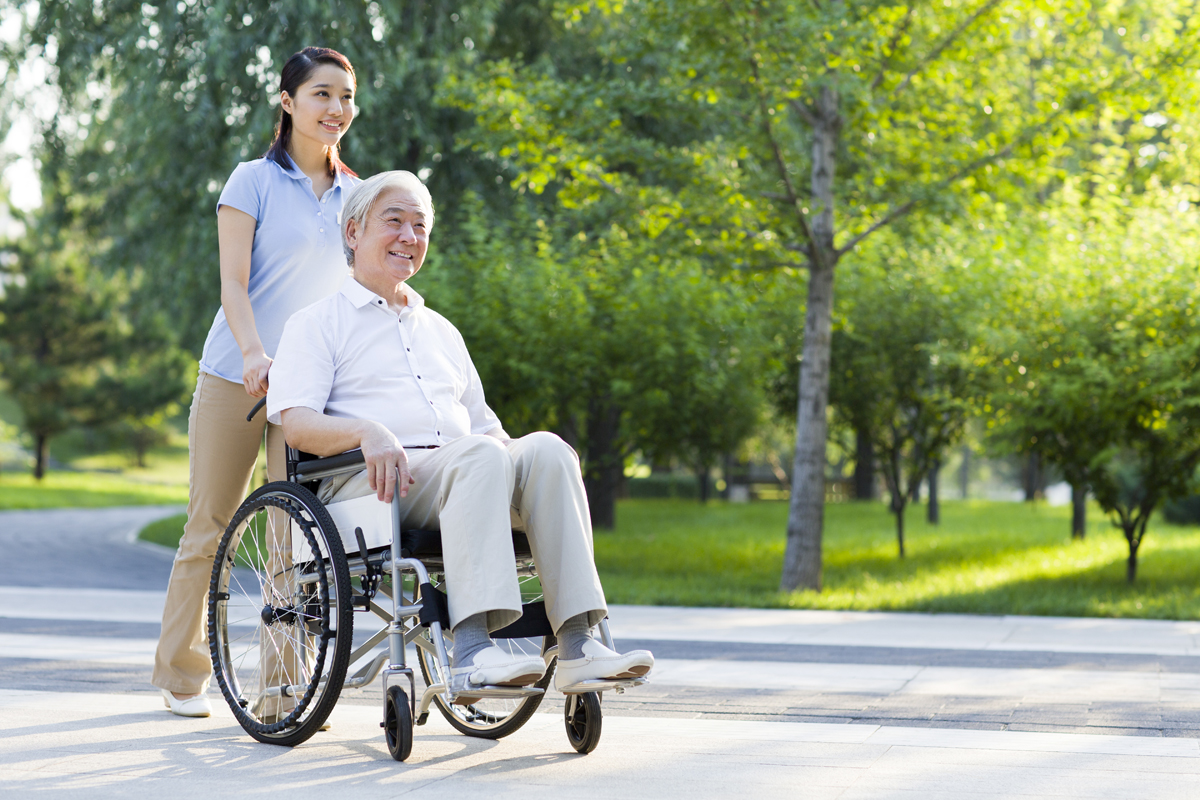
Vista Winds Is An Upscale Retirement Community Located In Peoria, Arizona
If you are doing research about retirement communities in Peoria, Arizona, Vista Winds Retirement Home should definitely be on your list. Vista Winds offers retirement living at its finest. We have a rich calendar of activities, meals prepared by a Chef and caregivers on staff 24 hours a day for your health and safety.
We offer award winning independent living, assisted living and memory care services. Come tour our community to see how we are a step above the rest and how easy it is to Make Yourself at Home! Vista Winds is surrounded by amazing views and our resort style property will be sure to impress!


